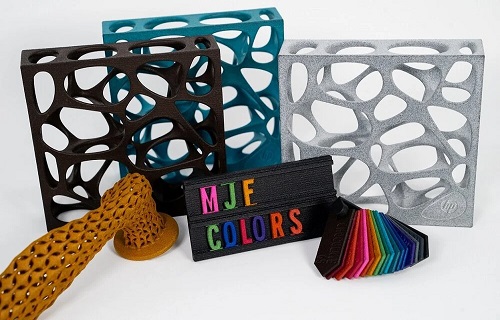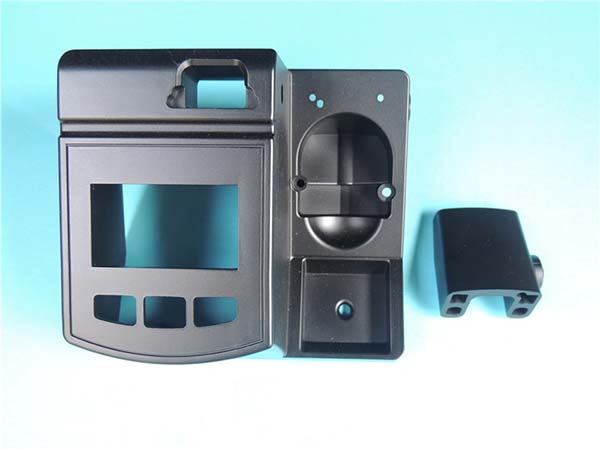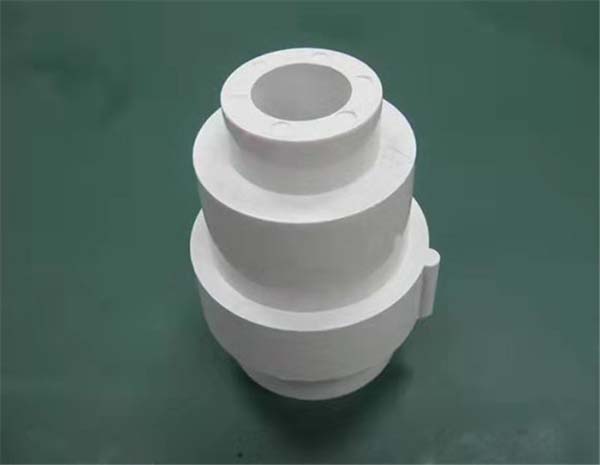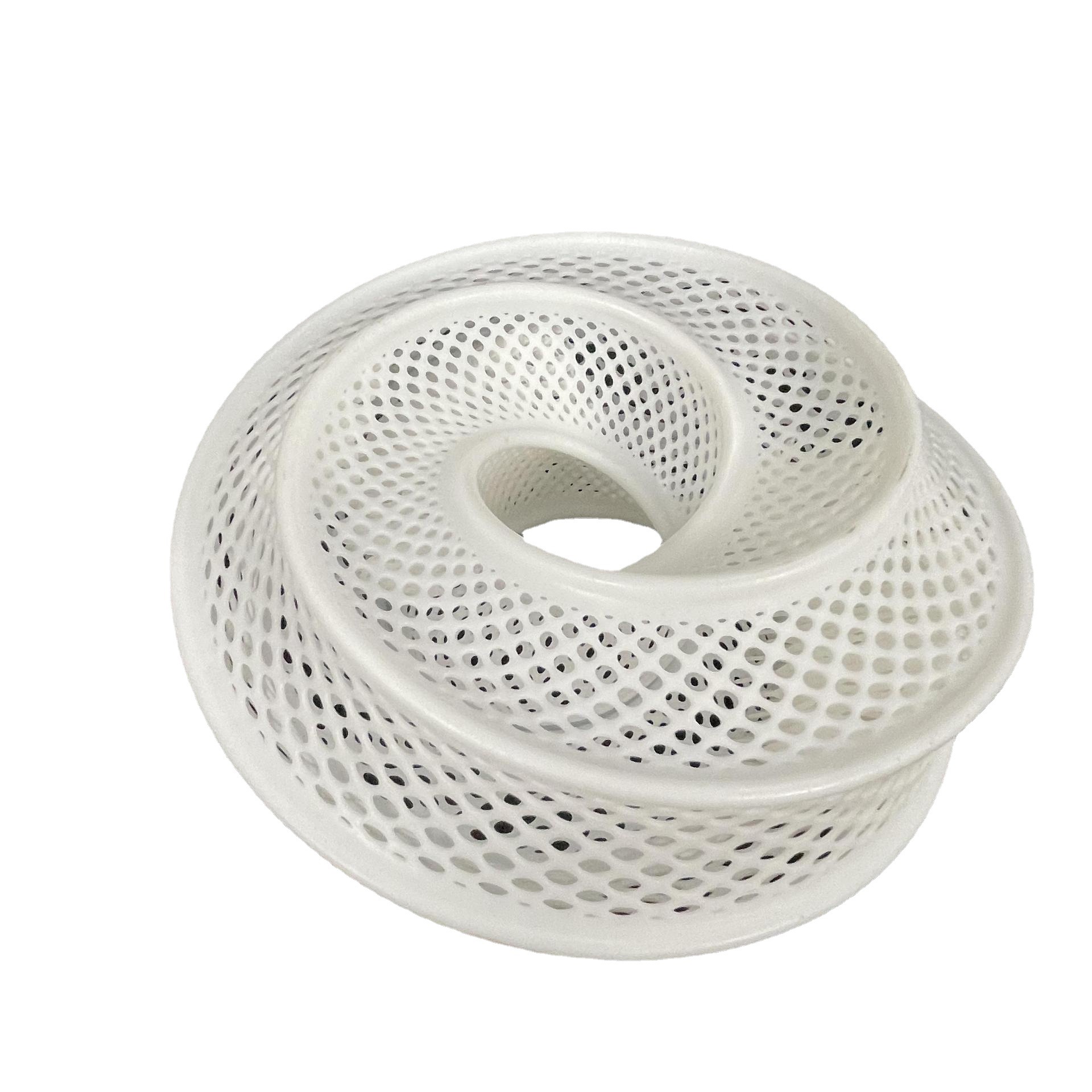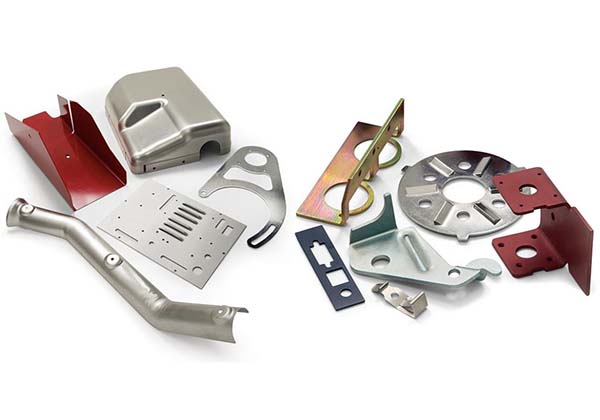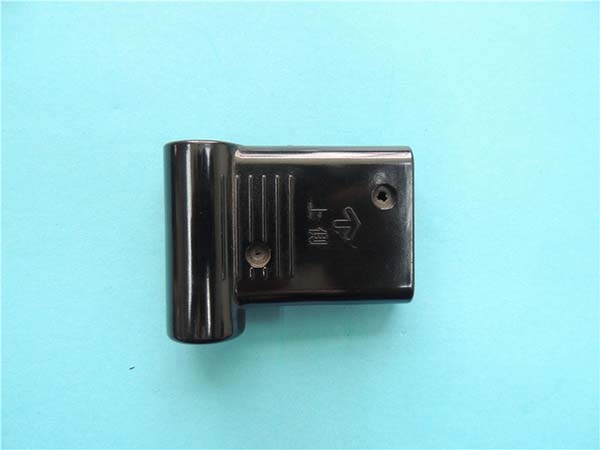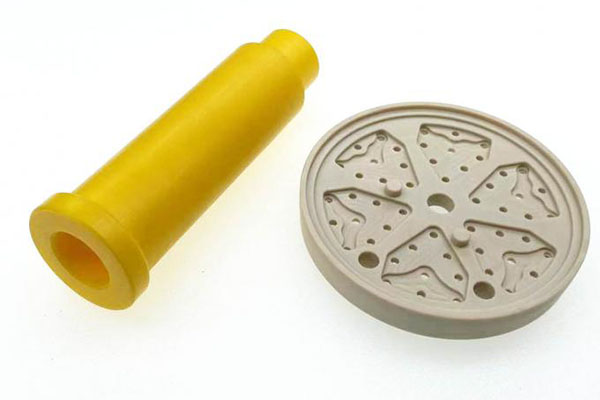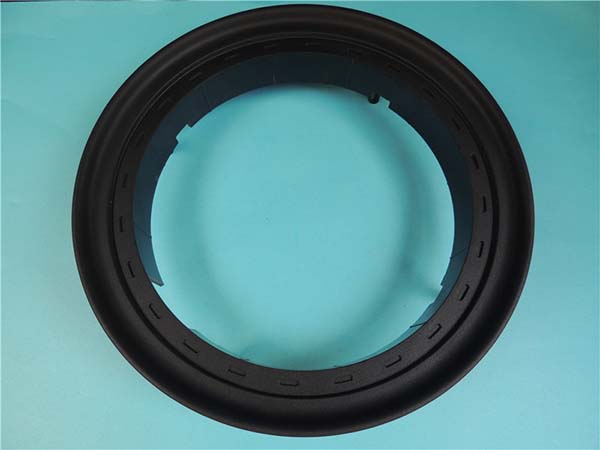You’ve turned to graphene for its extraordinary properties—hoping 3D printing will let you create parts with unmatched conductivity, strength, and flexibility. But your prints are underwhelming: the electrical conductivity is barely better than standard plastics, or the graphene clumps in the filament, causing nozzle clogs. Maybe the part is brittle, shattering under minor stress, or the thermal conductivity is inconsistent, making it useless for heat sinks. Worse, your “high-performance” prototype costs a fortune in graphene but fails to deliver the breakthrough you expected, wasting time and expensive materials.
Graphene—a 2D material and carbon allotrope just one atom thick—redefines what’s possible in materials science. Its unique material properties—from near-perfect electrical conductivity to incredible strength—make it a game-changer for 3D printing. But unlocking its potential requires mastering specialized 3D printing processes to handle its delicate structure and ensure uniform dispersion. In this guide, we’ll demystify 3D printing graphene, helping you create parts that leverage its extraordinary properties for applications where no other material will do.
Material Properties: The Wonder of Graphene
Graphene’s reputation as a “miracle material” comes from its unparalleled material properties—a combination of strength, conductivity, and flexibility that no other substance matches:
- Conductivity and strength: Graphene is the most electrically conductive material known, with a conductivity of 10⁸ S/m—far exceeding copper (5.96×10⁷ S/m). Its thermal conductivity is equally impressive (5000 W/m·K), about 10 times that of copper, making it ideal for heat management. Despite being just one atom thick, it’s 200 times stronger than steel by weight, with a tensile strength of 130 GPa. Yet it’s flexible, able to bend and stretch without breaking—combining the best of strength and elasticity.
- Structure and stability: Graphene’s layered structure (hexagonal carbon atoms arranged in a sheet) gives it a huge surface area (2630 m²/g), enhancing its ability to reinforce composites. It’s chemically stable, resisting corrosion and degradation even in harsh environments. When used as a composite reinforcement, even small amounts (0.1-5% by weight) can dramatically improve a polymer’s conductivity, strength, or thermal performance. For example, adding 1% graphene to PLA increases its tensile strength by 30% and its electrical conductivity by 10⁶ times.
- Formulation challenges: Pure graphene is difficult to 3D print—its thin sheets tend to clump together. Instead, it’s typically mixed with polymers (like PLA, nylon, or epoxy) to form graphene-enhanced filaments or inks. The key is uniform dispersion: clumped graphene reduces performance, while evenly distributed sheets maximize conductivity and strength. Researchers are also exploring material formulation with other additives (like carbon nanotubes) to create hybrid composites that balance graphene’s properties with printability.
3D Printing Processes: Handling Graphene with Care
3D printing graphene requires processes that preserve its structure and ensure uniform distribution—standard FDM settings won’t work without modification:
- Suitable techniques: The most common methods include FDM (using graphene-enhanced filaments), Direct Ink Writing (DIW) (for graphene-based inks), and SLA/DLP (with graphene-infused resins). DIW is particularly effective: it uses shear-thinning inks (graphene mixed with polymers or solvents) that flow smoothly through nozzles (0.1-1 mm diameter) and solidify quickly, allowing precise control over graphene alignment. For FDM, filaments are made by mixing graphene with molten polymers, requiring careful extrusion to avoid sheet damage. Print parameters like nozzle temperature (200-250°C for PLA-based filaments) and print speed (10-50 mm/s) must be optimized to prevent clumping.
- Dispersion and alignment: The biggest challenge is ensuring graphene sheets are evenly dispersed and aligned. In DIW, adjusting the ink’s viscosity and print speed can align graphene along the print path, boosting conductivity in that direction. For FDM, slicing software should use rectilinear infill patterns to align filaments (and thus graphene sheets) with stress or current flow directions. Layer thickness (0.1-0.2 mm) is critical—thicker layers may trap air, while thinner layers improve graphene contact. Supports are rarely needed for simple shapes, but complex geometries use soluble supports to avoid damaging delicate graphene-reinforced parts.
- Post-processing: Most graphene composites benefit from post-print treatments. Annealing (heating to 100-200°C in an inert atmosphere) improves polymer-graphene bonding, enhancing conductivity and strength. For conductive parts, sanding removes surface layers with poor graphene distribution, exposing a more conductive core. Some applications (like sensors) require chemical treatments to activate graphene’s surface, improving its interaction with target molecules.
Applications: Where Graphene 3D Printing Shines
Graphene’s unique properties make 3D printed parts indispensable in cutting-edge applications:
- Electronics and energy: Electronics benefit most from graphene’s conductivity—3D printed circuits, antennae, and sensor electrodes offer faster signal transmission and lower resistance than copper. Energy storage devices (batteries, supercapacitors) use 3D printed graphene electrodes for their large surface area, enabling faster charging and higher capacity. For example, a graphene supercapacitor 3D printed into a custom shape can charge a smartphone in minutes and last 10,000+ cycles.
- Sensors and wearables: Sensors for temperature, pressure, or chemicals leverage graphene’s sensitivity—even tiny changes in its environment alter its conductivity, making it ideal for detecting gases or biological molecules. Wearable technology (smart watches, fitness trackers) uses flexible graphene composites for comfortable, durable sensors that bend with the body. 3D printing allows these sensors to be integrated into complex shapes, like the curvature of a wrist or shoe.
- Aerospace and industrial: Aerospace components (lightweight brackets, heat shields) use graphene composites for their high-strength-to-weight ratio and thermal conductivity, reducing weight while managing heat from engines. Industrial tooling (heat sinks, conductive fixtures) benefits from their ability to dissipate heat or conduct electricity, improving efficiency in manufacturing processes. Even customized parts (like robot grippers) use graphene’s strength and flexibility to handle delicate objects without damage.
Performance and Benefits: Beyond Traditional Materials
3D printed graphene parts offer performance and benefits that redefine industry standards:
- Unmatched conductivity: Graphene composites enable 3D printed parts with electrical conductivity up to 10⁴ S/m—enough for circuits, antennas, or heating elements. Their thermal conductivity (up to 50 W/m·K for 5% graphene in PLA) makes them ideal for heat sinks in LED lights or computer components, dissipating heat faster than aluminum in some configurations.
- Strength and lightness: Adding graphene to polymers creates parts that are 20-50% stronger than pure plastics while remaining lightweight. A 3D printed drone frame with 1% graphene weighs the same as a PLA frame but can carry 30% more weight without breaking. This high-strength-to-weight ratio is critical for aerospace and robotics, where every gram counts.
- Customization and efficiency: 3D printing lets engineers design parts around graphene’s properties—for example, a heat sink with graphene aligned along heat flow paths for maximum efficiency. Graphene’s flexibility allows 3D printing of complex, curved shapes (like wearable sensors) that rigid metals can’t match. While graphene is expensive, 3D printing uses it only where needed, reducing waste and making its benefits accessible for small-batch production.
Yigu Technology’s Perspective: Pioneering Graphene 3D Printing
At Yigu Technology, we’re at the forefront of 3D printing graphene composites for clients pushing the boundaries of innovation. We optimize print parameters to ensure uniform graphene dispersion—using DIW for electronics and FDM for structural parts. Our team tests every part for conductivity, strength, and thermal performance, ensuring they meet the demands of electronics, sensors, or aerospace applications. Whether you need a custom heat sink, a flexible sensor, or a high-strength bracket, we leverage graphene’s properties to deliver parts that outperform traditional materials. 3D printing graphene isn’t just about making better parts—it’s about creating solutions that were impossible just a decade ago, and we’re proud to lead this revolution.
Frequently Asked Questions (FAQ)
- Why is my graphene 3D print not conductive?
Poor conductivity usually stems from uneven graphene dispersion or low loading. Use filaments with 1-5% graphene (higher percentages cause clumping) and ensure they’re mixed with shear forces to break up clumps. For FDM, increase nozzle temperature by 5-10°C to improve graphene distribution in the melt. Post-print annealing (150°C for 1 hour) can also enhance conductivity by improving polymer-graphene bonding.
- Is 3D printed graphene stronger than carbon fiber composites?
Graphene composites offer better strength-to-weight ratios than carbon fiber in some cases—adding 1% graphene to PLA creates a part 30% stronger than 10% carbon fiber PLA. However, carbon fiber is more affordable and easier to print consistently. Graphene excels when conductivity (electrical or thermal) is also needed; carbon fiber is better for pure strength at lower cost.
- How much does 3D printing with graphene cost?
Graphene filaments cost 5-10x more than standard PLA, with high-purity graphene inks costing even more. However, only small amounts of graphene are needed (0.1-5%), keeping costs manageable for small batches. For prototyping or high-value applications (like sensors), the performance benefits justify the expense. As graphene production scales, costs are falling, making it increasingly accessible.
